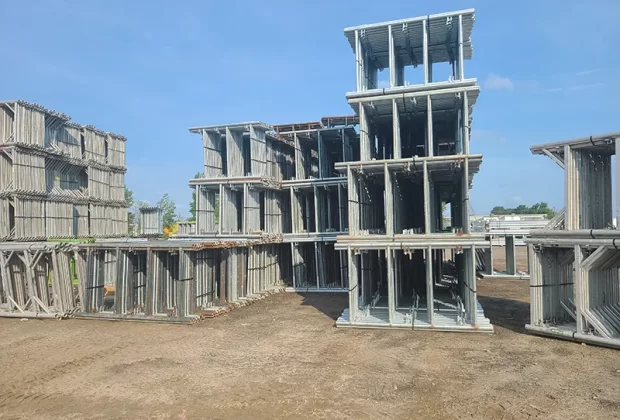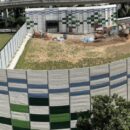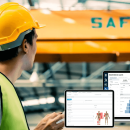Cofferdams have long been used in modern building engineering. Contractors frequently use these temporary buildings to divide the work zone and the surrounding regions. In areas like the construction of dams and bridges, they pump away water and offer a dry working environment. Cofferdams, however, also provides several environmentally beneficial solutions to some environmental issues, like stream configuration and river pollution. The following are some beneficial uses of cofferdams by the NadeauSDM shoring engineers for the environment that benefit the earth.
The possible environmental effect of cofferdam construction
- River restoration
River restoration may be challenging because it often calls for removing damaged or torn-out soil from the riverbed and redirecting water from the region. Restoration work may be performed more securely and effectively using cofferdams. A well-thought-out cofferdam system can divide the area of the riverbed that needs maintenance, preventing silt and encouraging the survival of aquatic plant and animal life.
- Decontamination
Pollution overflowing streams and rivers may severely harm ecosystems and lead to plant and animal life extinction. Cofferdams provides a short-term fix for these issues.
- Flood control
When controlling flooding, coffer dams are an excellent choice for flood-prone areas. The flooding-related water flows into channels by coffer-damming, which provides a drainage area. It may be possible to regulate the water moving downstream rather than letting it cover surrounding lands, which might have significant impacts on nearby buildings, farms, or commercial buildings.
- Water quality improvements
Sometimes, improvements in water quality can be achieved by temporarily blocking a river or lake with a cofferdam. Pollutants and sediments settle at the bottom of a river or lake when an area of the waterway separates, and the flow is decreased. This may help clean water bodies of extra nutrients, germs, and other pollutants. This may result in better water quality downstream of the cofferdam.
- Others
- Allows dry construction work – Even when the site is wet or underwater, cofferdams allow dry construction work.
- Prevents water ingress – By serving as a barrier, they keep water from entering the construction area and keep it dry and functional.
- Enhances worker safety – They significantly improve worker safety by reducing the risk of water or dampness accidents by creating a safer, drier workplace.
- Enables soil excavations – They simplify digging and transferring earth for building projects by facilitating soil excavation in flooded regions.
- Supports structure stability – Cofferdams stabilize the structures under development by preventing movement or collapse brought on by water pressure or unsteady ground.









